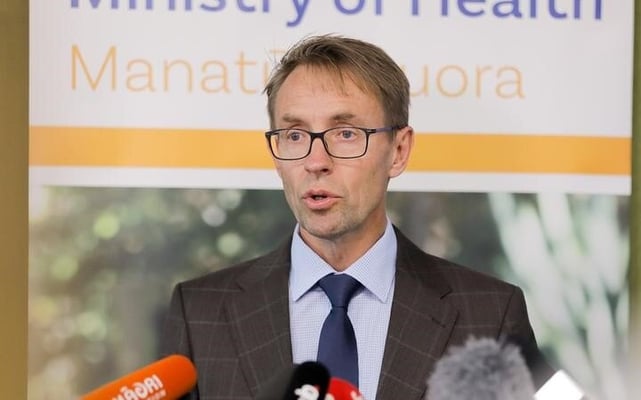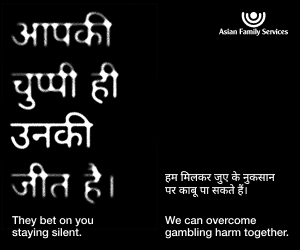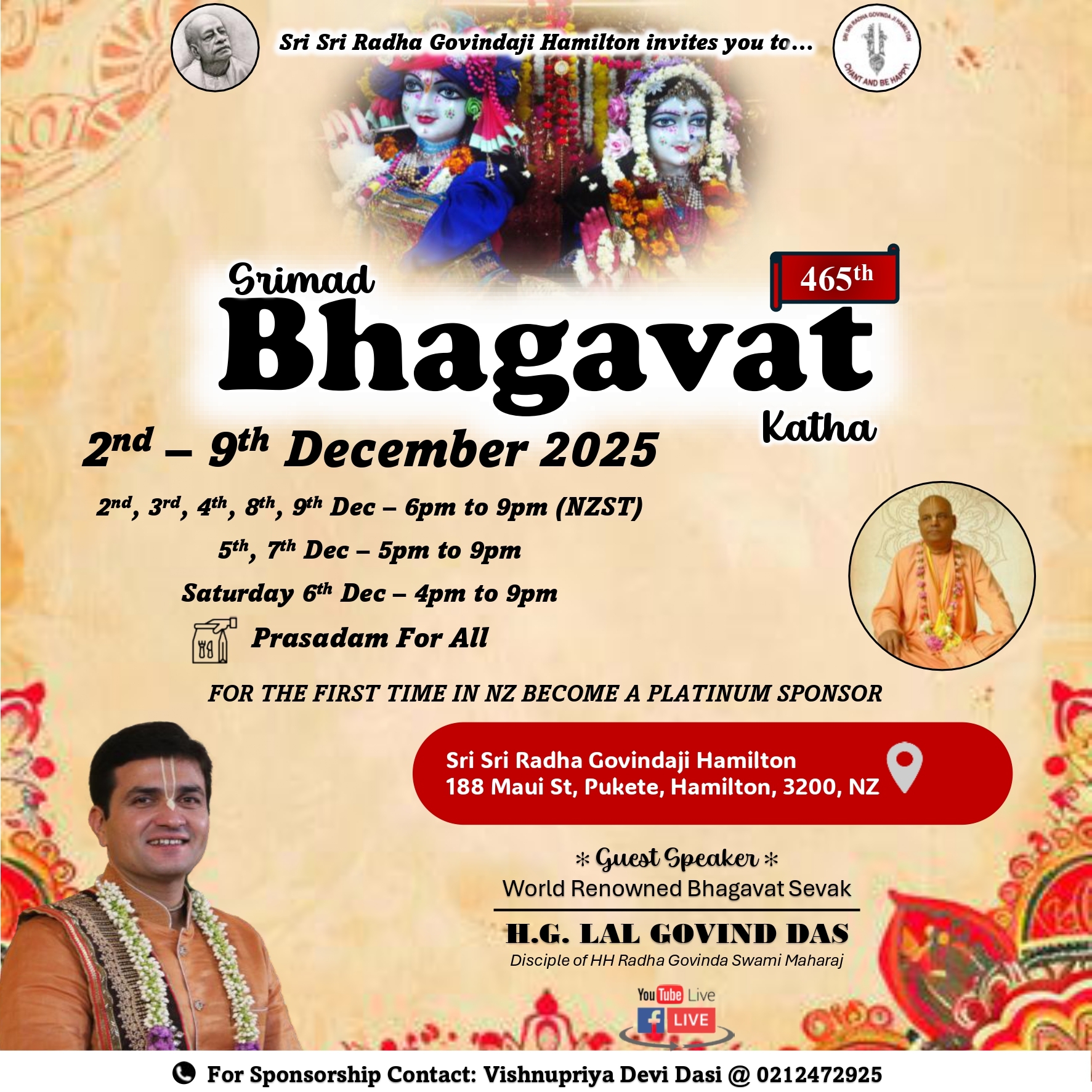Covid-19: What does “community transmission” mean and how does it matter to you?

As New Zealand slowly enters into complete lockdown at Alert level 4 on Thursday, March 26, more and more anxious New Zealanders will be glued to the source of media-outlets they consume, to get daily updates from the Ministry of Health and government’s coronavirus task force, the two most commonly repeated terms will be community transmission and contact-tracing.
Community transmission means when infection or an infectious disease spreads from individual to another without having any direct linkage to the external source or being imported from a foreign source of infection or a distant virus-hit area.
It is to say that in the current situation of Covid-19, when a person gets infected without coming in any direct or indirect contact with an infected person returning from overseas virus-infected regions of the world.
Currently, as of Tuesday, March 24, the total number of community transmission cases in NZ have increased to 4, out of the new-total of 155 confirmed and probable cases of coronavirus infected people - an alarming situation - that the four-week complete lockdown is aiming to stem and completely eradicate.
The fundamental aim of the announced unprecedented lockdown in modern New Zealand history is to ensure that the infection does not spread in the community, on its own, without any direct linkage with overseas returning infected people.
Once health officials find a new infected case in the community, then they immediately initiate a process of identifying all possible contacts - direct and indirect of that infected person to determine if they are infected - this process is called contact tracing.
Contact tracing
Health services use contact tracing to find people who may have been exposed to an infectious disease. There are two types of ‘contacts’ – close contacts and casual contacts. Health services give advice to both of these contact types on what they need to do.
Close contacts
A close contact is anyone who has been close to someone with COVID-19. This can mean living in the same house or spending more than 15 minutes close to someone with COVID-19 such as on a flight, bus or train or in your workplace.
Casual contacts
A casual contact is someone who has had contact with a case but doesn’t meet the criteria for a close contact. This could mean someone travelling on the same aeroplane who was seated away from the case. For example, they were only close to the person with COVID-19 for less than 15 minutes or were at the same place but not near them.
If you think you might be a close or casual contact, it doesn’t mean you have COVID-19. You will be contacted by public health staff or you can call Healthline on 0800 358 5453. They will give you advice on what you need to do.
As New Zealand slowly enters into complete lockdown at Alert level 4 on Thursday, March 26, more and more anxious New Zealanders will be glued to the source of media-outlets they consume, to get daily updates from the Ministry of Health and government’s coronavirus task force, the two most commonly...
As New Zealand slowly enters into complete lockdown at Alert level 4 on Thursday, March 26, more and more anxious New Zealanders will be glued to the source of media-outlets they consume, to get daily updates from the Ministry of Health and government’s coronavirus task force, the two most commonly repeated terms will be community transmission and contact-tracing.
Community transmission means when infection or an infectious disease spreads from individual to another without having any direct linkage to the external source or being imported from a foreign source of infection or a distant virus-hit area.
It is to say that in the current situation of Covid-19, when a person gets infected without coming in any direct or indirect contact with an infected person returning from overseas virus-infected regions of the world.
Currently, as of Tuesday, March 24, the total number of community transmission cases in NZ have increased to 4, out of the new-total of 155 confirmed and probable cases of coronavirus infected people - an alarming situation - that the four-week complete lockdown is aiming to stem and completely eradicate.
The fundamental aim of the announced unprecedented lockdown in modern New Zealand history is to ensure that the infection does not spread in the community, on its own, without any direct linkage with overseas returning infected people.
Once health officials find a new infected case in the community, then they immediately initiate a process of identifying all possible contacts - direct and indirect of that infected person to determine if they are infected - this process is called contact tracing.
Contact tracing
Health services use contact tracing to find people who may have been exposed to an infectious disease. There are two types of ‘contacts’ – close contacts and casual contacts. Health services give advice to both of these contact types on what they need to do.
Close contacts
A close contact is anyone who has been close to someone with COVID-19. This can mean living in the same house or spending more than 15 minutes close to someone with COVID-19 such as on a flight, bus or train or in your workplace.
Casual contacts
A casual contact is someone who has had contact with a case but doesn’t meet the criteria for a close contact. This could mean someone travelling on the same aeroplane who was seated away from the case. For example, they were only close to the person with COVID-19 for less than 15 minutes or were at the same place but not near them.
If you think you might be a close or casual contact, it doesn’t mean you have COVID-19. You will be contacted by public health staff or you can call Healthline on 0800 358 5453. They will give you advice on what you need to do.









Leave a Comment